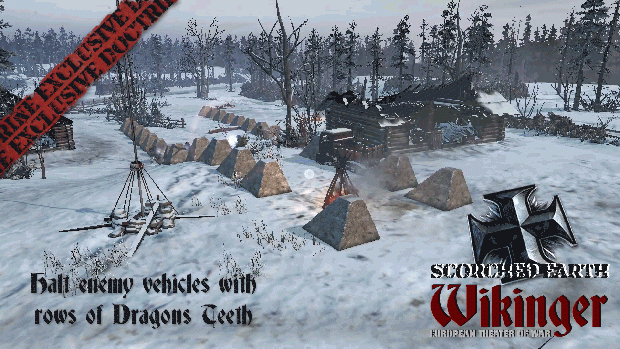
Countries often made alliances with other places ruled by relatives. Only Austria was capable of operating on its own. The empire had nations like the Austrian House of Habsburg, Bavaria, the Electorate of Saxony, the Margravate of Brandenburg, the Electorate of the Palatinate, Hesse, the Archbishopric of Trier and Württemberg, and other small nations and towns. Third, the Holy Roman Empire was a broken group of nations inside a bigger empire. Rudolf II was an Emperor who said that Protestants were allowed to have religious rights. Sweden and Denmark wanted to control the German states in the north next to the Baltic Sea.France wanted to show its power to the weak German states. France was afraid of the two Habsburg states on both of France's sides (Spain and the Holy Roman Empire).They got it in some wars that ended in 1609. The Dutch fought the Spanish to get independence. Spain wanted land in some of the German states, because the Germans owned some of the Spanish Netherlands. Second, the powerful countries in Europe in the 17th century often disagreed about matters of Politics or Economics. This meant it argued with both Lutherans and Catholics. Calvinism was a third Christian group in Germany, but it was not part of the Peace of Augsburg. The Lutherans said it was only an agreement that would last for a short time. Both of them said it meant different things. But it did not fix the real reason that the Lutherans and Catholics were fighting. The Peace made the violence end for a bit. People that lived in a state that had chosen Lutheranism or Catholicism were not allowed to change their religion.The bishops of the Catholic Church that switched to Lutheranism had to give their land back (the principle called reservatum ecclesiasticum).Lutherans could keep the land that they had taken from the Catholic Church after the Peace of Passau ( 1552).Lutherans that lived in a state under the control of a bishop, called an ecclesiastical state, could stay Lutherans.German Princes (there were 225 princes) could choose the religion (whether they were Lutheran or Catholic) in their states (this was called cuius regio eius religio).

He encouraged the Council of Trent to allow Communion in Both kinds for German and Bohemian Catholics.įirst, the Peace of Augsburg ( 1555), which was signed quickly by Charles V, stopped the fighting between the Lutherans and the Catholics in Germany. There were several reasons that the Thirty Years' War started.įerdinand I, Holy Roman Emperor and King of Bohemia.

The war ended with the Treaty of Westphalia. The war lasted for 30 years, but the problems that caused the war were not fixed for a long time after the war was over. The Thirty Years' War caused things like famine and disease in almost every country involved. This made the France- Habsburg rivalry even worse. One of the examples of this is that Catholic France fought for the Protestants. As the war continued, the Habsburg dynasty (a Catholic family) and other organizations used the war to try and get more power.

It began as a fight about religion - the Protestants and Catholics were the two groups that disagreed. In fact, almost all of the powerful countries in Europe were involved in the war.

Though it was primarily centered in Germany, several other countries became involved in the conflict, including France, Spain, and Sweden. The Thirty Years' War was fought from 1618 until 1648.


 0 kommentar(er)
0 kommentar(er)
